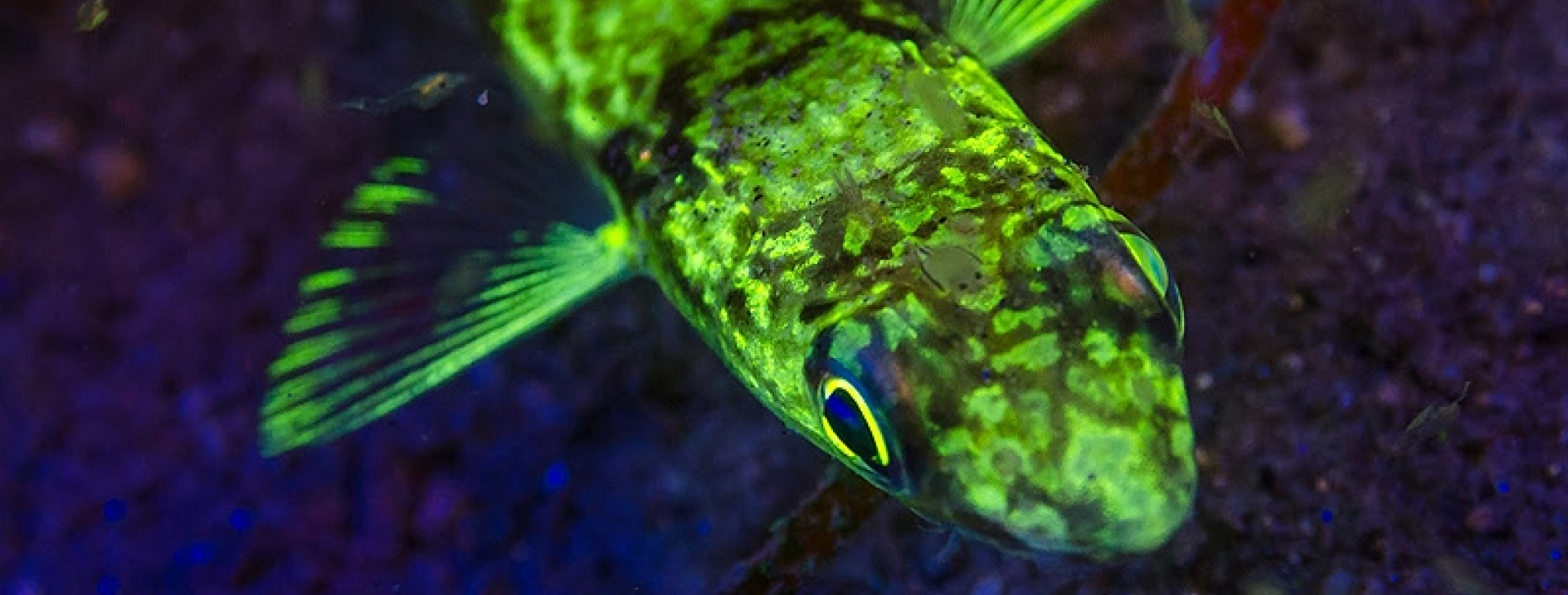
Here’s a little deeper dive into the history, and uses of fluorescence in science.
Fluorescence is a phenomenon that occurs when a substance absorbs light at a particular wavelength and re-emits light at a longer wavelength. This process involves the absorption of photons by a fluorophore, followed by the emission of photons through relaxation mechanisms. Fluorescence has become an invaluable tool in various scientific disciplines, including chemistry, biology, materials science, and medicine. This blog provides an overview of the principles underlying fluorescence, explores its applications across different fields, and discusses emerging trends and future prospects.
Fluorescence, first discovered in 1845 by Fredrick W. Herschel, has revolutionized scientific research due to its unique properties and versatility. The emission of light after excitation has found applications in diverse areas, ranging from analytical chemistry to biotechnology.
The absorption of photons by a fluorophore occurs when the energy of the incident light matches the electronic transitions within the molecule. This excitation process leads to the promotion of an electron from the ground state to an excited state.
The excited-state fluorophore undergoes relaxation processes such as internal conversion, intersystem crossing, and vibrational relaxation. These processes eventually result in the emission of photons.
The Stokes Shift is the difference in energy between the absorbed and emitted photons is a fundamental characteristic of fluorescence. It allows for the efficient separation of excitation and emission wavelengths, enabling sensitive detection.
Analytical Chemistry Fluorescence spectroscopy and imaging techniques offer excellent sensitivity, selectivity, and quantification capabilities for chemical analysis. They have been widely employed in environmental monitoring, pharmaceutical quality control, and forensic sciences.
Bioimaging and Cell Biology Fluorescent probes and dyes have revolutionized the field of bioimaging, enabling the visualization of cellular components, protein interactions, and intracellular processes. Fluorescence microscopy techniques, such as confocal microscopy and super-resolution microscopy, have become essential tools in cell biology research.
Medical Diagnostics and Imaging Fluorescence-based imaging and diagnostic techniques have significantly contributed to medical diagnostics. Applications include fluorescence-guided surgery, molecular imaging of diseases, and the detection of biomarkers for early disease diagnosis.
Materials Science Fluorescent materials have found diverse applications in organic light-emitting diodes (OLEDs), solar cells, and sensors. The ability to tune the emission properties of fluorophores has led to advancements in optoelectronics and nanotechnology.
Researchers are continually developing novel fluorescent probes and sensors with enhanced properties, including brightness, photostability, and specificity. These advancements enable the detection and monitoring of analytes with high precision and sensitivity.
Single-Molecule Fluorescence Techniques Advances in single-molecule fluorescence techniques have allowed the study of biological processes at the molecular level, providing insights into cellular dynamics, protein folding, and DNA interactions. Further developments in this field hold promise for unraveling complex biological phenomena.
The emergence of nanoscale imaging techniques, such as super-resolution microscopy, has revolutionized fluorescence imaging by overcoming the diffraction limit. These techniques enable the visualization of subcellular structures and molecular interactions with unprecedented detail.
Biomedical Fluorescence-based techniques are continually being explored for innovative biomedical applications, including targeted drug delivery, theranostics, and regenerative medicine. The ability to specifically target tissues or cells using fluorescent probes holds tremendous potential for personalized medicine.
Conclusion Fluorescence has transformed scientific research across various disciplines and continues to evolve with technological advancements. Its unique properties and wide-ranging applications make it an indispensable tool for studying biological systems, analyzing materials, and advancing diagnostic and imaging techniques. As researchers continue to push the boundaries of fluorescence, the future holds immense potential for further innovation and discovery.
If you have any questions, comments or suggestions – PLEASE don’t hesitate to contact us.